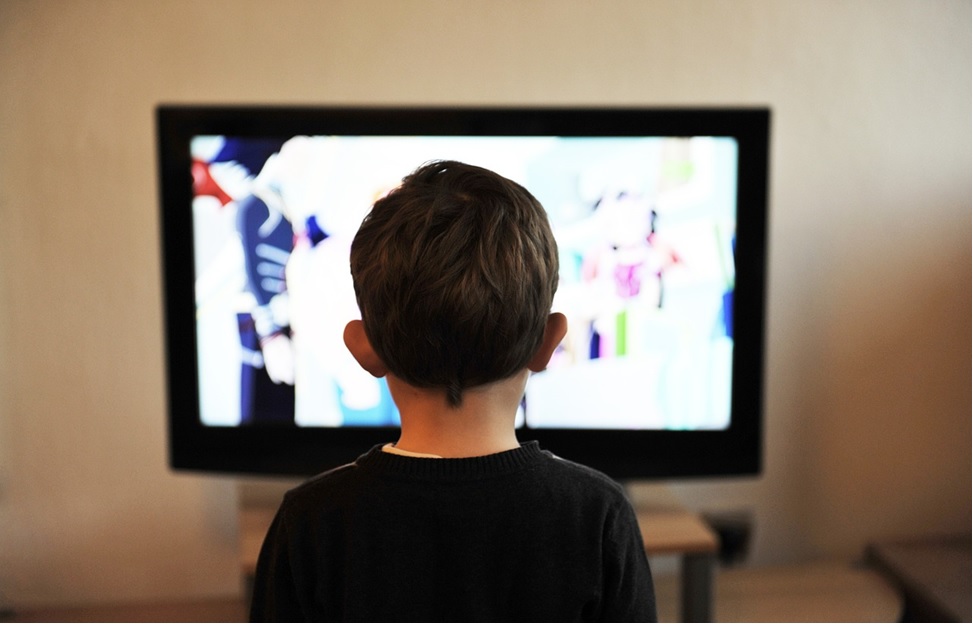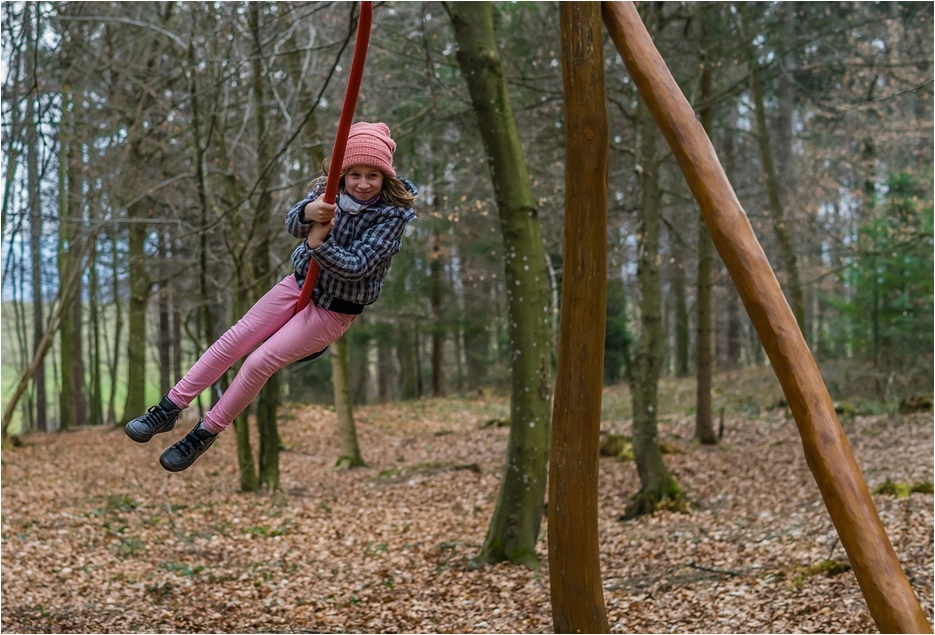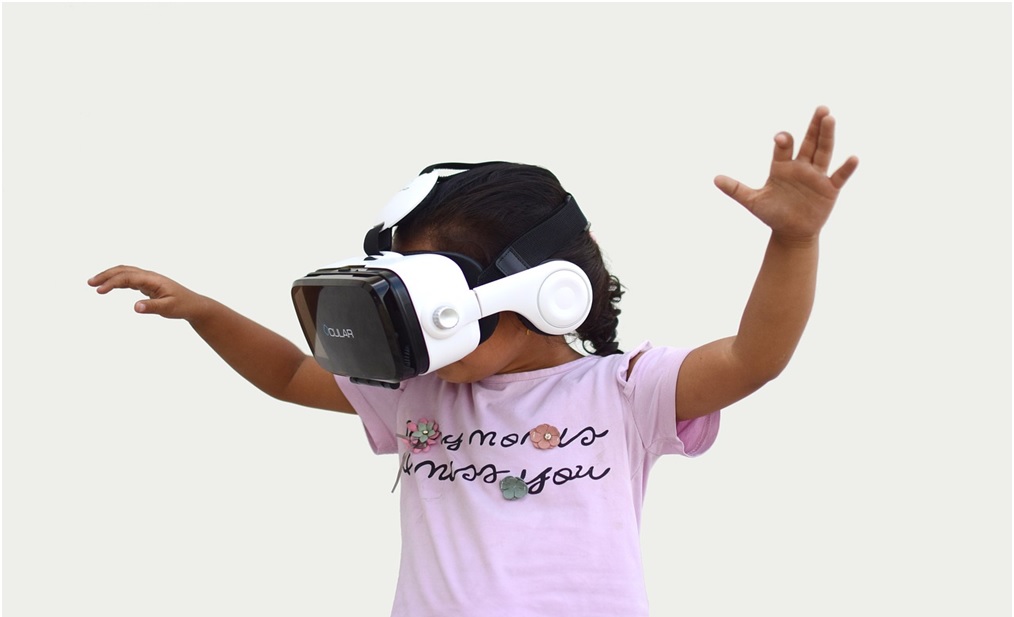How to Help Your Kids Become Mindful About Technology, Not Addicted to It

Technology has become almost inextricably intertwined with modern life. So much so that we are often unaware of just how dependent on it we become.
I, as well as most other adults, grew up with significantly less technology than children have access to these days, yet seeing a low battery bar on my smartphone used to send me into a panic attack.
The truth is, we made our way through the world just fine long before the advent of digital technology.
The problem I see nowadays with children in the 21st century is that they have very few opportunities to even try to navigate life without technology.
I myself was addicted to it and used to spend too much time on my phone.
When I realized that I didn’t have a decent conversation in a few years, I actively started to avoid the phone and other tech, and worked on reconnecting with my spouse, family, and friends, and dedicated more time to real interaction with my felines instead of just taking pictures of them.
The journey was long and difficult because I wasn’t the only one addicted to tech, my whole family and friend circle was, and it took quite an effort to remove our phones from conversations and get-togethers.
It’s important that we set a good example for our kids and teach them the old school ways too, so they can still navigate their way through life without technology at their disposal.
Here are some things that worked wonders in my family and friend circle.
1. Plan Tech-free Experiences
Believe it or not, many of the 20th-century tools we used to navigate the world are still available today.
When was the last time you planned a road trip with just a map?
When did you check information in an encyclopedia, or do any other thing that may seem “old-school?”
These kinds of things will be an awesome adventure for kids.
My friends decided to use this for their road trip. The kids were used to hearing directions from their navigation whenever they would go somewhere, but this time, their parents decided to only use a map.
Well, they traveled to a well-known place, so getting lost was never a possibility, but the kids didn’t know that.
They were fascinated by the new experience and couldn’t comprehend that the map wasn’t moving!

The takeaway here?
The best way to keep them from being completely dependent on tech is to teach them how you used to do things before our smartphones did everything for us.
Believe it or not, building a pillow fort or camping out under the dining room table is just as fascinating to kids in the 21st century as it was to kids in the 20th.
You just have to teach them how you entertained yourself before portable devices.
2. Limit Screen Time
When tech giants like Bill Gates and Steve Jobs set limits on screen time for their kids, it should be a red flag to other parents.
Aside from the fact that the more time your kids spend sitting in front of a screen, the less time they are actually active, there are also numerous health risks involved in spending too much time with electronic devices in general.
I started scheduling screen time for myself, and I have to admit it’s super difficult in an age where electronics are being used for basically everything. From work to school, to controlling lights and temperature in our homes, it’s hard to avoid tech.
But there’s a good and a bad way to use it.
Dismissing all tech isn’t the answer – we have to use it for work, kids need it now for school too.
But we need to use it wisely – not just for mindless browsing and to pass the time.
3. Set a Good Example
You wouldn’t believe how difficult it is to teach children about healthy boundaries with electronics if you can’t separate yourself from your electronics.
Kids won’t follow your instructions if you limit screen time for them but you still decide to sit in front of the TV.
Sometimes, in order to understand and see the impact of tech devices, you have to separate yourself from them for a time.
Not everyone in the family was excited about the idea, but finally, we got everyone to play along and help set healthy boundaries with a digital detox.
What did we do?
We went camping for a week without our beloved tech – the cell service was spotty and there was no WiFi, but it was awesome!
The whole family agreed we should do this more often.
I was rejuvenating and helped me get in touch with myself. My mental health improved in just that one week and stress just dissipated from me.
4. Make Screen Time Count
As even schools make the move towards more electronics, it becomes even more difficult to set healthy boundaries around screen time.
This is the thing I talked about earlier – how we use tech is what makes all the difference.
We have to teach kids that technology helps us learn new things and can be used for much more than just having mindless fun.

This doesn’t mean, of course, that learning can’t be fun.
Having fun while learning can actually have a significant impact on how much information we absorb. You’ll have an easier time remembering something you perceive as fun and enjoyable.
Our brains just work better and absorb more information when we are enjoying what we are doing than when we are suffering through it.
This is true for children as well as adults.
So how can we apply this to our children?
There are lots of educational games available right now and the list just keeps growing.
When you limit screen time but fill the screen time they are allowed with super fun learning experiences, it creates a win-win all the way around.
5. Spend Time with Them Tech-free
If there is one thing that kids want more than anything, it is to spend time with you.
While the debate rages on whether quantity or quality is more important when it comes to developing relationships, what cannot be denied is that the most important aspect of spending time together is creating a connection.
I am painfully aware of how frustrating it is to try and have a conversation with someone who just keeps checking their smartphone or even worse, just keeps typing while we are trying to talk.
Many have also experienced the frustration of trying to talk to someone who is engrossed in a television show or watching a sporting event.
Imagine doing that to your own children.
All the youngsters in my family are much happier since we all decided to limit our tech usage because we all actually focus on them and actively spend time with them. They get much more than an “Aha” or “Great” from us now.
Whatever time you are able to spend with your kids, being fully present with them is important.
You can’t be fully present with them when your attention is constantly being diverted by your devices.
If you want to teach your kids to have a healthy relationship with electronics, you have to be able to turn your own electronics off and engage with them.
Conclusion
Tech is not good or bad, it’s about how you use it.
Bottom line is, you can’t teach your children something you are incapable of yourself.
While you may notice just how much time your kids spend with their devices and how cranky they get when you try to take them away or limit their use, you may not be as aware of the same things in yourself.
Starting the whole family off with a digital detox can help you determine whether you have control over tech, or it has control over you.
Author Bio:
Heather Redding is a part-time assistant manager, solopreneur and writer based in Aurora, Illinois. She is also an avid reader and a tech enthusiast. When Heather is not working or writing, she enjoys her Kindle library and a hot coffee. Reach out to her on Twitter.